Battery, MSMD, NTGK Model, ANSYS Fluent CFD Simulation
$120.00 $60.00 Student Discount
- This product numerically simulates the Pouch Battery Discharge using ANSYS Fluent software.
- We design the 3-D model with Design Modeler software.
- We mesh the model with ANSYS Meshing software.
- The mesh is Structured, and the element number equals 1210.
- We use the MSMD (Multi-Scale Multi-Domain) Battery model to define the charge/discharge.
- We use the NTGK sub-model to determine the electrochemical computations.
- The run calculation is in an unsteady state (transient).
To Order Your Project or benefit from a CFD consultation, contact our experts via email (info@mr-cfd.com), online support tab, or WhatsApp at +44 7443 197273.
There are some Free Products to check our service quality.
If you want the training video in another language instead of English, ask it via info@mr-cfd.com after you buy the product.
Description
Description
In this CFD project, we present the numerical simulation of a battery discharge using the MSMD model and NTGK sub-model in Ansys Fluent software.
A battery is a device that converts chemical energy into electric energy through chemical reactions if needed. The main zone of a battery is the active cell, where electrochemical reactions occur. The passive zones include the positive and negative tabs (terminals) of a battery, used for electric conductivity only.
Batteries are exposed to charge and discharge during operation. During charging, electrons are transferred from the negative to the positive electrode through an external circuit, and the electric current is supplied by an electric source. However during discharging, electrons are transferred from the positive to the negative electrode through the external circuit, and the electric current is consumed by an electric load.
In this project, we analyzed a pouch battery. Pouch batteries are a type of lithium-ion battery with a flexible, flat, and pouch-shaped design. These batteries are widely used in various applications, including automotive, consumer electronics, and energy storage.
Methodology
First, we modeled the battery geometry using Design Modeler software. The battery construction consists of a cell zone with positive and negative tab zones.
Then, we meshed the model using Ansys Meshing software. We used a structured mesh with 1210 generated elements.
Finally, we simulated the battery system using the Battery model in Ansys Fluent software.
In this project, we used the Multi-Scale Multi-Domain (MSMD) model for battery modeling. The MSMD is a comprehensive method for modeling lithium-ion batteries; because it involves a multi-scale and multi-physic nature.
Then, we used the NTGK (Newman, Tiedemann, Gu, and Kim) sub-model to specify the electrochemical computations. The NTGK model is considered a semi-empirical method for electrochemical formulation.
We aim to analyze the battery discharge process at different C-rates. The C-rate is defined as the charging/discharging current to the battery’s nominal capacity. So, we simulated the battery in different cases, including 1C, 2C, and 3C.
Since the charging/discharging process in the battery system occurs over time, we run the calculation in an unsteady state (transient).
Conclusion
We intend to analyze the battery discharge process and the resulting heat rise. Therefore, we obtained plots of the potential (voltage) variation and the maximum temperature over time based on different C-rates.
As you see, the battery discharge occurs in a shorter time, at higher C-rates. Instead, when the C-rate increases, higher heat is generated due to higher current transfer.
Then, we obtained the temperature contours at different C rates. The results confirm that when the C-rate increases, the battery temperature increases.
In addition, we obtained the contours of the passive zone potential and temperature at different times at the 1 C rate. The results show a decrease in voltage and an increase in temperature during discharge.
Also, we obtained the vector of the current magnitude inside the active cell of the battery. The vectors confirm that the current leaves the positive tab and enters the negative tab, during the battery discharge process.
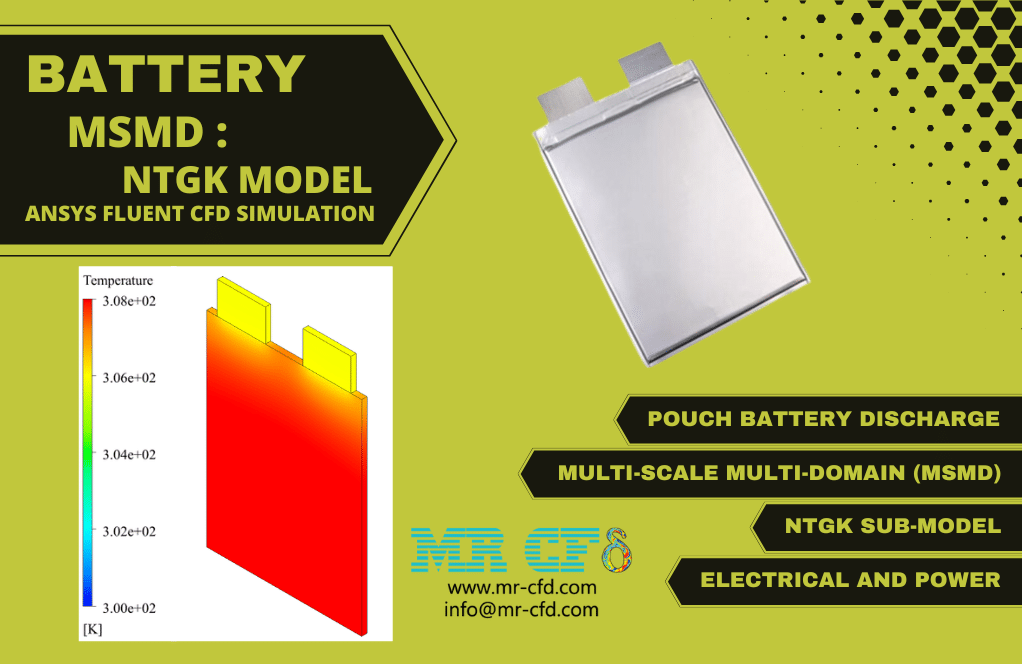
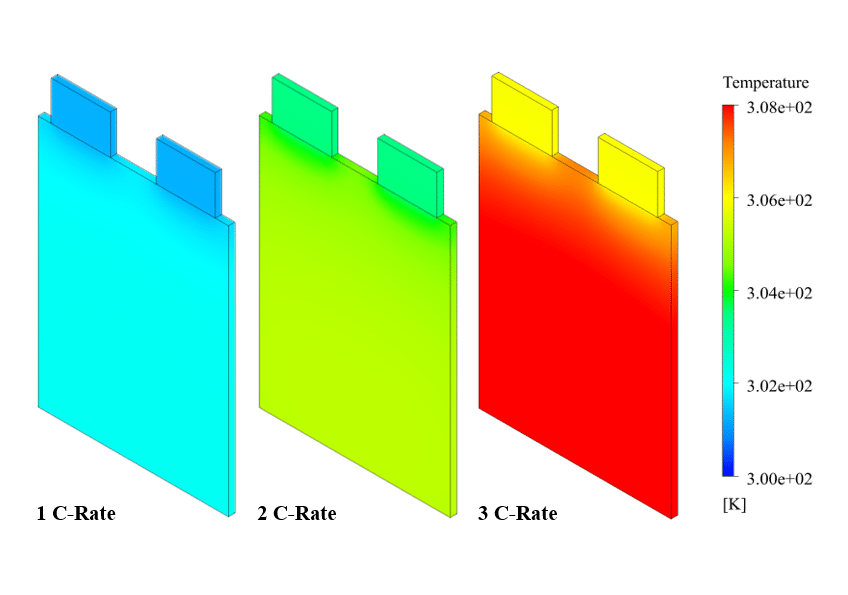
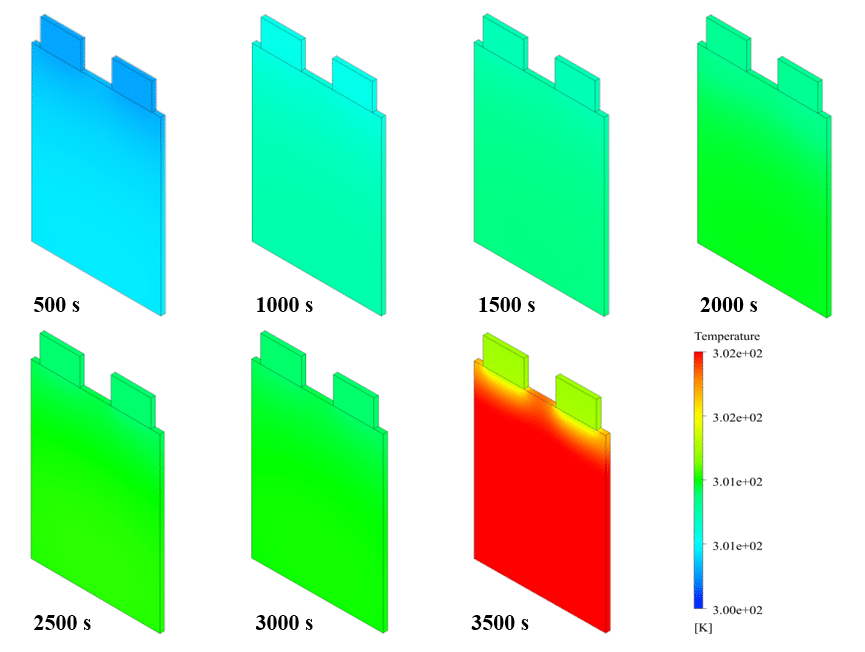
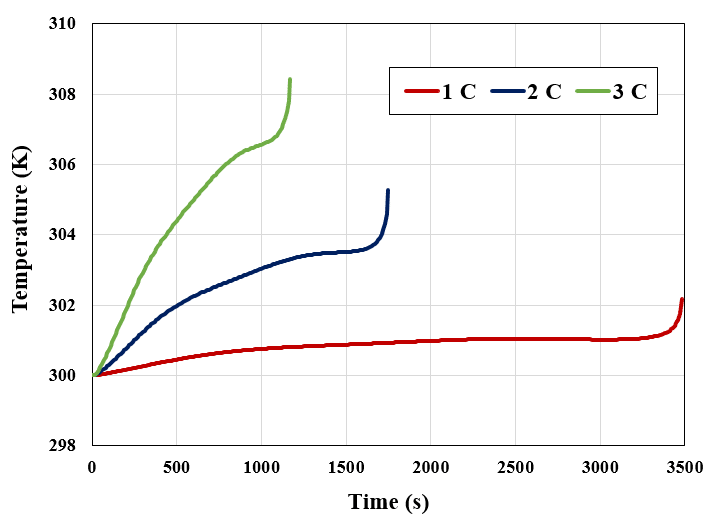
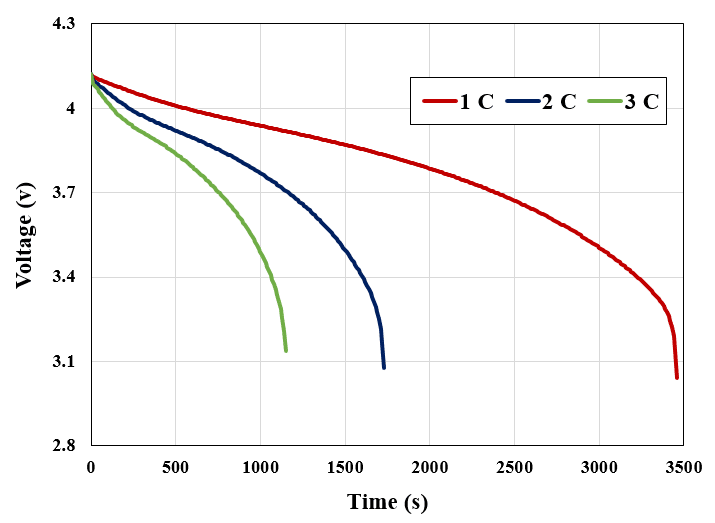
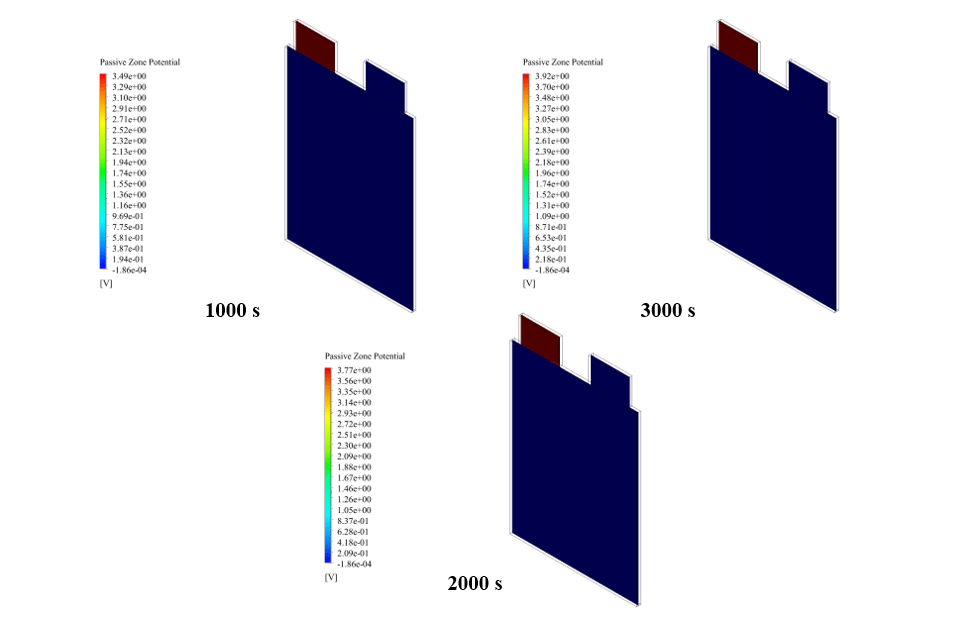
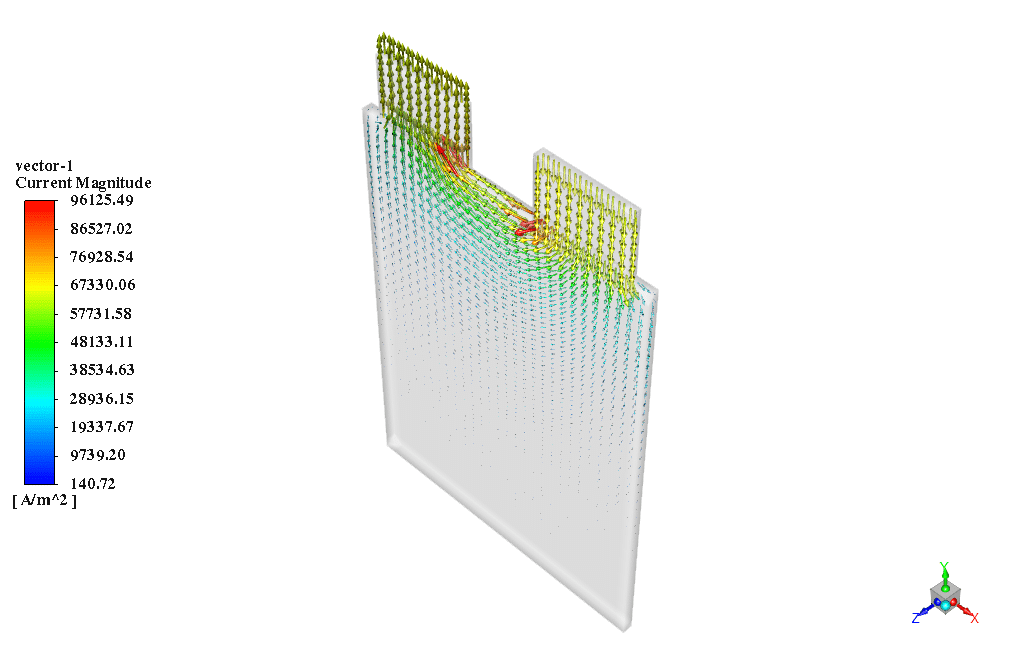
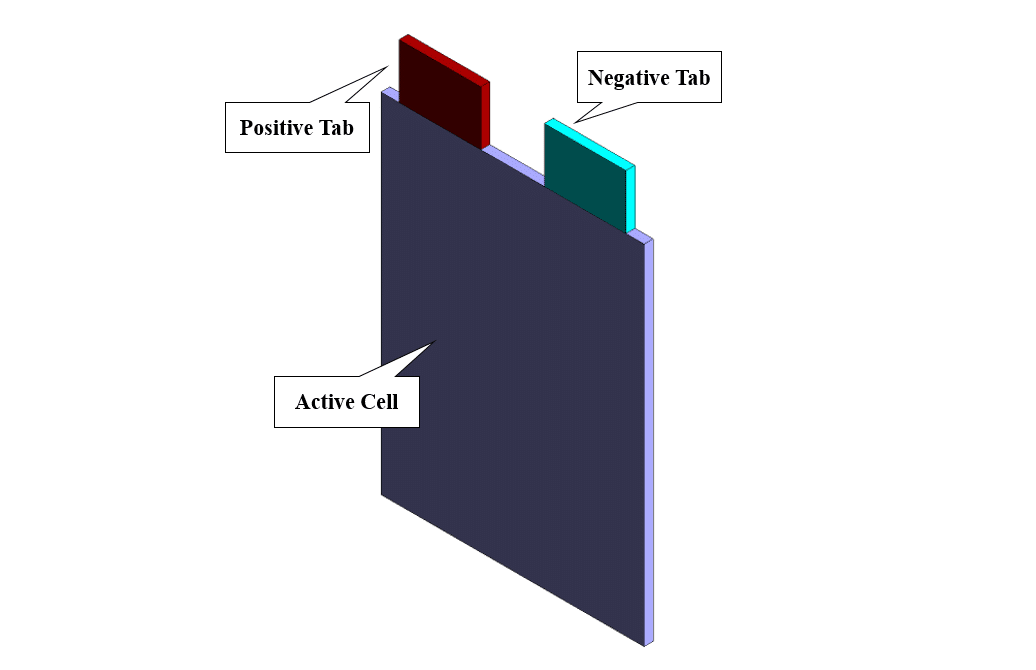



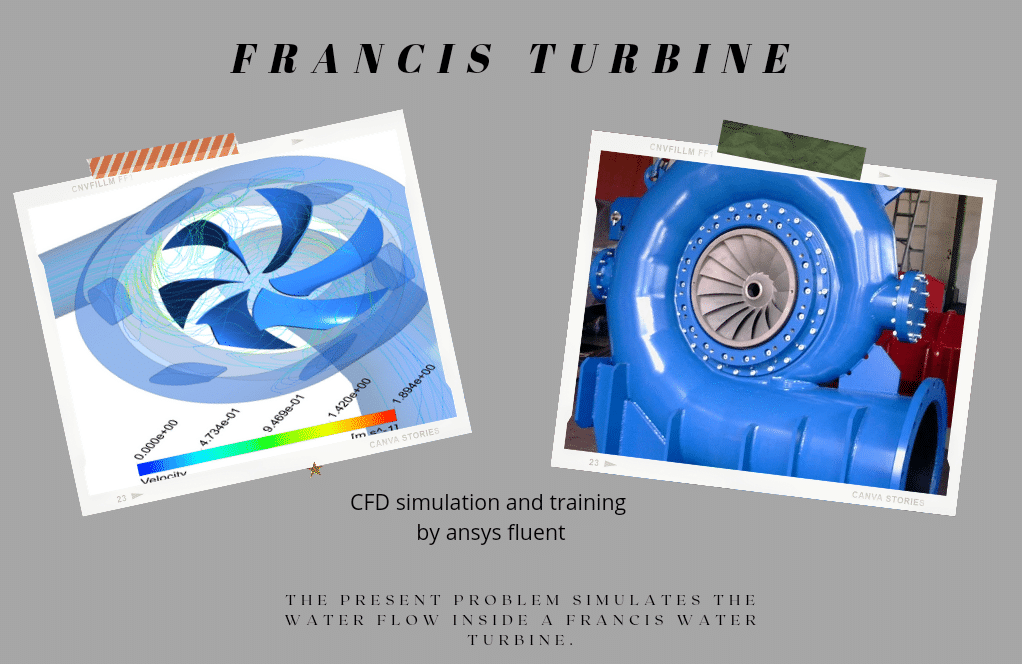
Reviews
There are no reviews yet.